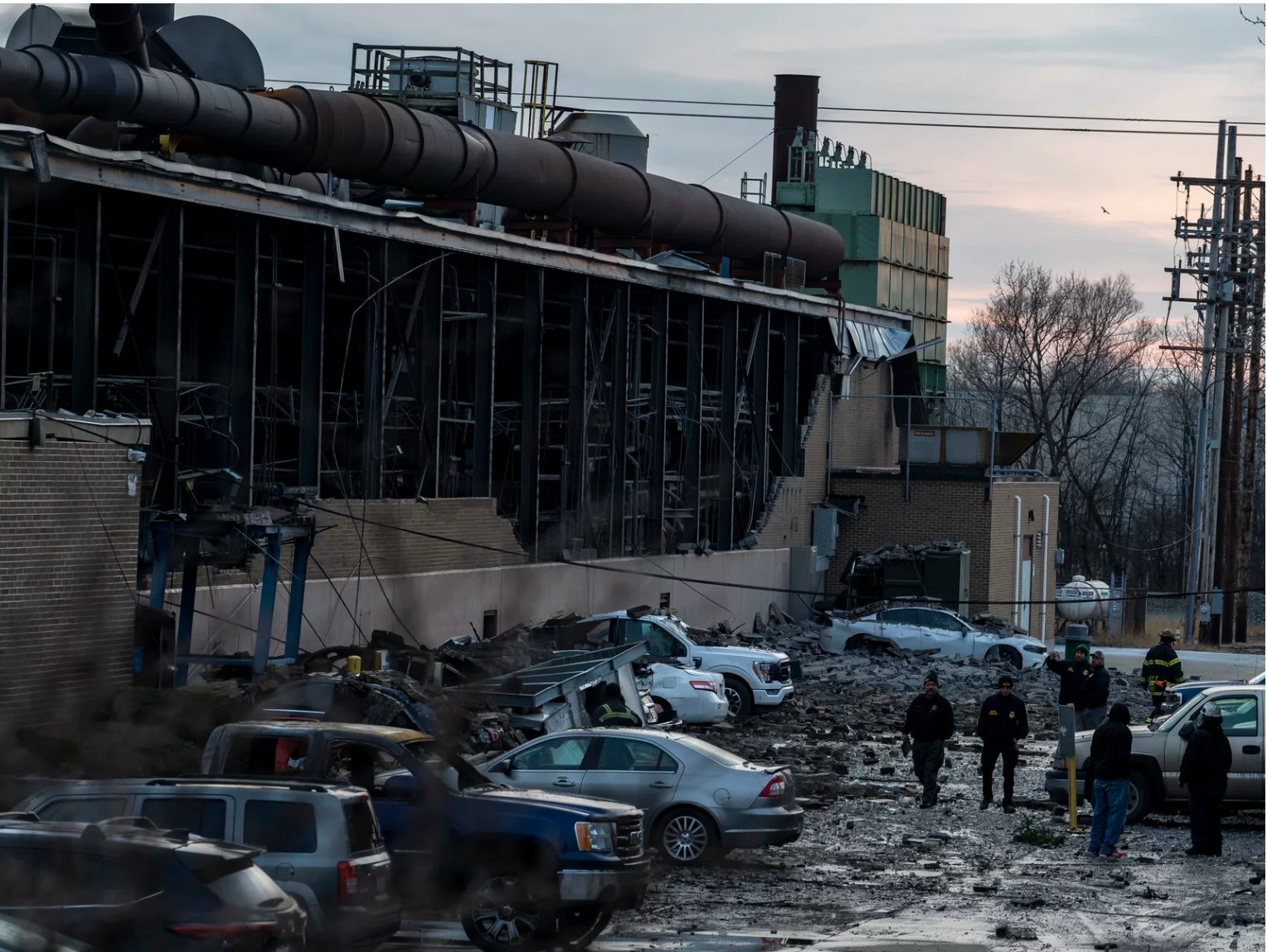Ohio Manufacturing Plant Producing Refurbished Tanks
Natalie Johnson
Posted 03/22/2023
M1A1’s to be Sent to Ukraine this Fall
The Pentagon has officially decided to send M1A1 refurbished tanks to Ukrainian forces to aid in the fight against Russia. Initially there was some debate about whether they should send tanks, which models, and how quickly the tanks could be produced as Poland, Taiwan, and Australia have already placed orders at the Ohio Plant.
The Defense Department’s Press Secretary Brig. Gen. Pat Ryder reported yesterday that the US will send refurbished M1A1 tanks to Ukraine this fall. He stated the US “made the commitment to provide them with this Patriot capability as quickly as we could, and so that’s what we’re endeavoring to do.” Ukrainian leaders have been pressing for Abrams tanks as these tanks are far more advanced than the Soviet-era tanks Ukraine has been using.
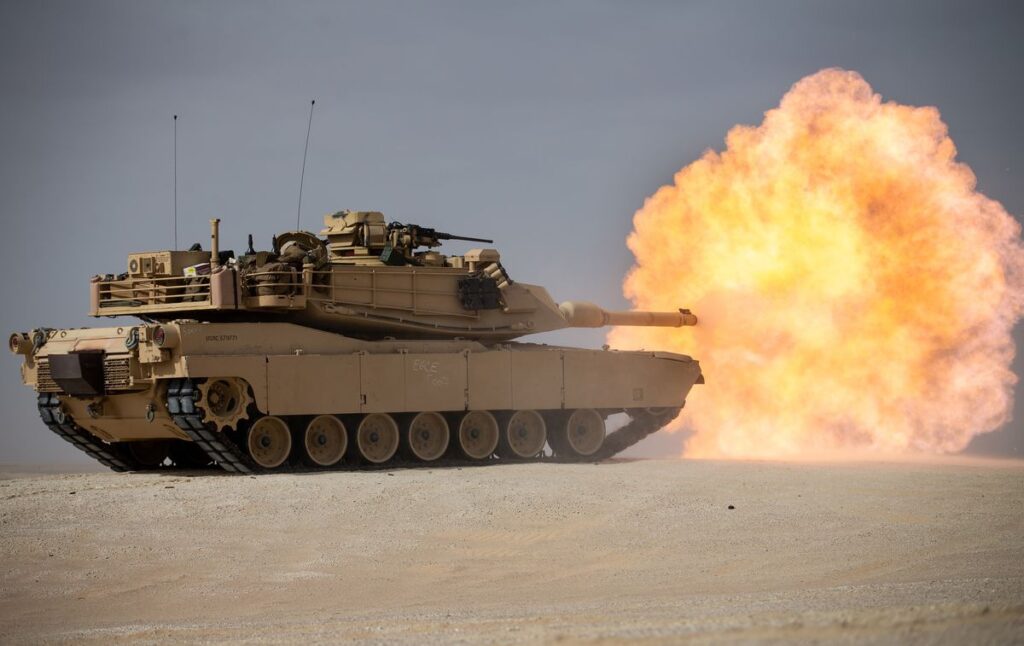
The Abrams were first deployed to combat in 1991 and have thick armor, a 120mm cannon, .50-caliber heavy machine gun, armor-piercing capabilities, and advanced targeting systems. They also have thick tracked wheels and a 1500 horsepower turbine engine with a top speed of 42 mph. The downside to the Abrams is that the jet-turbine engine requires JP-8 jet fuel making the refurbished tanks expensive and hard to maintain.
It’s unclear when training would begin to instruct Ukrainian soldiers how to use, maintain, and repair the tanks. The goal is to have training coincide with the tank manufacturing process so both would be ready to be deployed to the battlefield at the same time later this year. The Pentagon must also ensure Ukraine has an adequate supply chain for all the spare parts needed to keep the tanks up and running.
These tanks, however, are expected to be easier to maintain than the previous M1A2 tanks Biden announced in January 2023 would be sent to Ukraine. The M1A2 tanks are considered more lethal and run on a digital system, but they would have required extensive training and taken 1-2 years to produce and deliver the tanks to Ukraine.
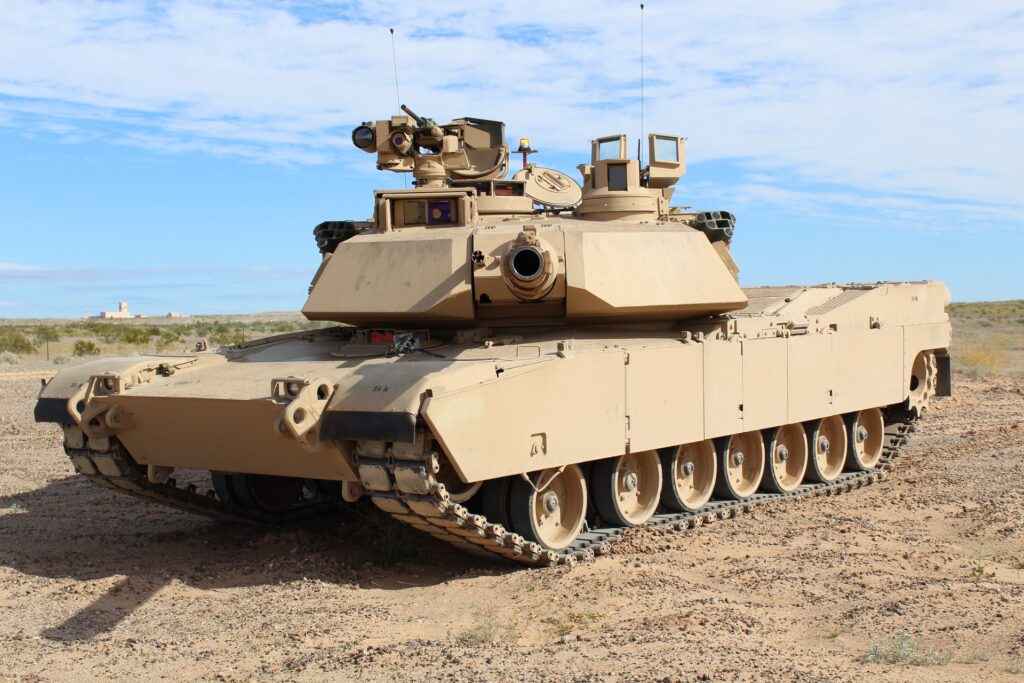
The United States agreeing to supply the Ukrainian forces with additional weapons has now opened the door for other countries to begin supplying Ukraine with weapons as well. Germany, Poland, and other allies are expected to contribute. Germany is already set to deliver multiple Leopard 2 tanks which are easier to maintain and learn their functions than the Abrams tanks, the Leopard 2’s are expected to be delivered prior to the anticipated spring offensive.
In reference to the military’s decision to send Ukraine tanks, Secretary of the Army Christine Wormuth commented, “Part of it is figuring out – among the different options – what’s the best one that can allow us to get the Ukrainians tanks in as timely a fashion as we can.” These tanks must be squeezed into production as the military is reporting they have contracts with three countries to produce hundreds of tanks by 2024-2025.
How are these Tanks Produced?
The Joint Systems Manufacturing Center (JSMC), which is also known as the Lima Army Tank Plant, is located in Lima, Ohio. This facility is owned by the US Army and operated by General Dynamics.
The plant has the capacity to manufacture, repair, and refurbish armored combat vehicles. It is located on 369 acres and offers over 1.5 million square feet of manufacturing floor space with the primary manufacturing building taking up a little over 1 million square feet.
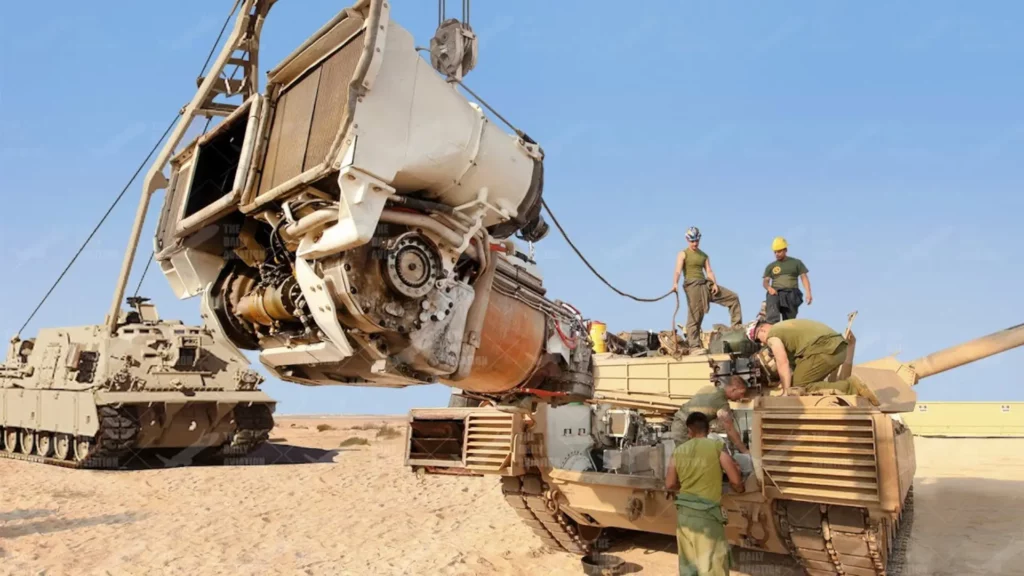
Currently the plant has roughly 800 employees with 45% of its workforce focused on tank refurbishment. When the plant produces M1A1 or M1A2 tanks they do not start from scratch, the army has a stockpile of steel hulls that they use as the framework for building new tanks. The plant also manufactures Stryker armored vehicles, tank support vehicles, and other heavy equipment.
The M1A1’s are faster to produce because they can be pulled from army stocks. Federal policy forbids the exportation of Abrams with classified armor packages which includes depleted uranium, which is why tanks must be stripped of this armor before selling them to other countries.
The plant has 5 main competencies, these have all been taken directly from the U.S. Army’s website:
- Plate Processing: JSMC contains a variety of advanced plate processing centers including laser cutting, water jet cutting, flame cutting, and high-speed plasma cutting
- Machining: JSMC maintains multiple multi-axis machining centers used for the fabrication of materials. From individual components to complete structures, the heavy machining line allows entire vehicle structures and other components to be moved through a complete range of horizontal and vertical machining processes.
- Fabrication and Inspection: JSMC produces vehicle structures and components for the Department of Defense. Using fixed benches and roll over fixtures, structures are welded together and inspected using non-destructive inspection techniques prior to being dimensionally inspected in large envelop coordinate measuring machine systems.
- Welding: JSMC is home to world class welding operations. They use a variety of heavy metals including titanium, high hard armor, RHA armor, aluminum, and composites. The Welder Certification and Research and Development Department provides instruction and certification on a variety of welding processes from multi-pass MIG welding to friction stir and robotic welding, and weld inspection. This department also develops and tests new weld processes through ballistic test and final acceptance.
- Assembly and Test: JSMC has multiple assembly lines to produce Abrams hulls and turrets and other assembly lines for other projects. Once the vehicles assembly is completed, they are turned over to the Test and Adjust department where each vehicle will undergo a full range of automotive testing for performance and reliability on a 1.9-mile test track.
After a visit to the manufacturing plant, Secretary of the Army Christine Wormuth commented on the Army’s decision to invest $558 million into improvements at the plant over the next 15 years which includes the expanded use of robotics. She stated, “I think as the war in Ukraine has shown everyone here, there’s a real need to level up our defense industrial base. The plant here in Lima is part of that.”
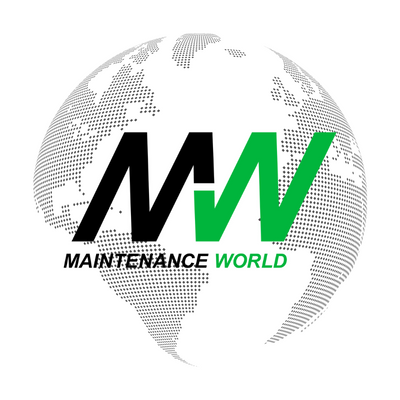
Midweek with Maintenance World
Looking for a midweek break? Keep up with the latest news brought to you every Wednesday by the Maintenance World crew.

Natalie Johnson
Natalie Johnson is the previous editor/website administrator for MaintenanceWorld.com, and is currently a student at Campbell University Norman Adrian Wiggins School of Law.
Related Articles

Cardinal Manufacturing, Helping to Bridge the Manufacturing Skills Gap

South Carolina Ranked as the #1 State for Manufacturing
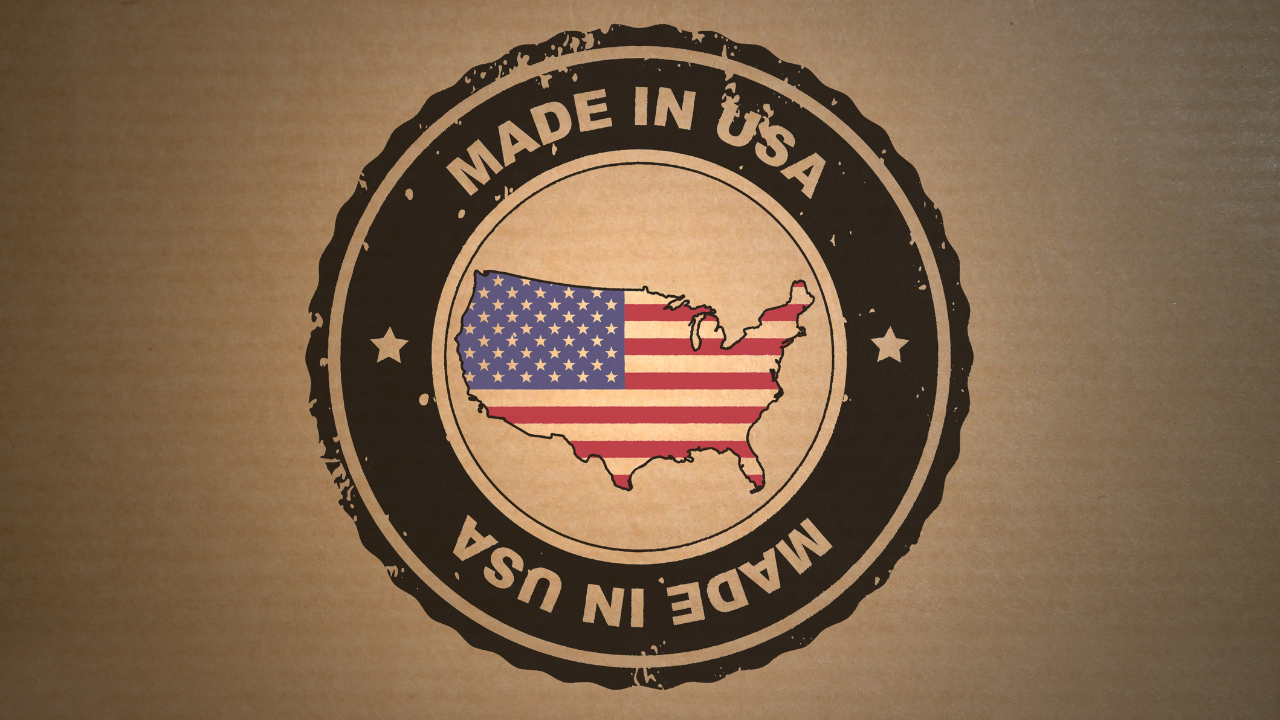
The Decade of American Reshoring
Lost Radioactive Capsule Proves Preventive Maintenance is as Important as Ever
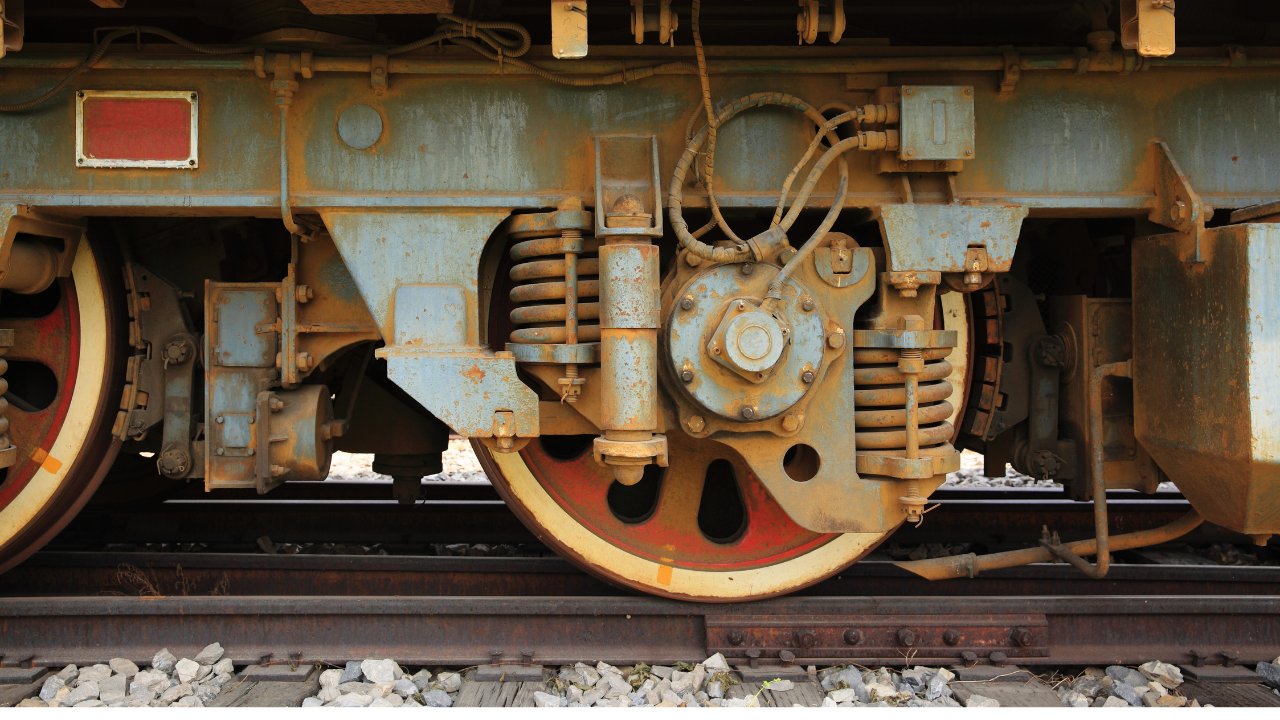
HBD Condition Monitoring Devices at the center of Ohio Derailment
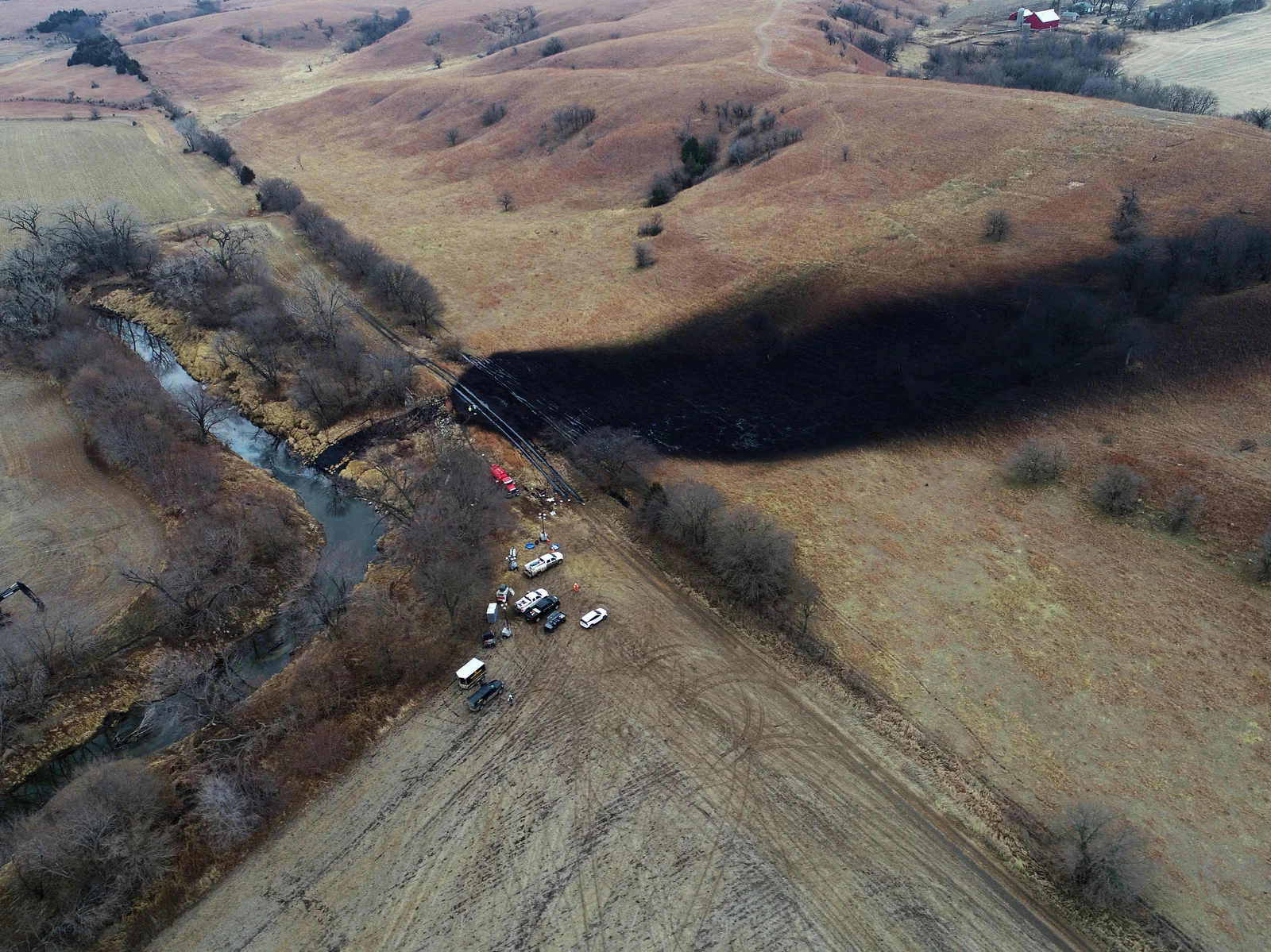
Failure Analysis Uncovers the Cause of the Keystone Oil Spill
